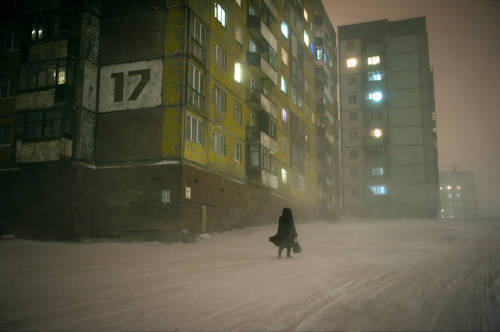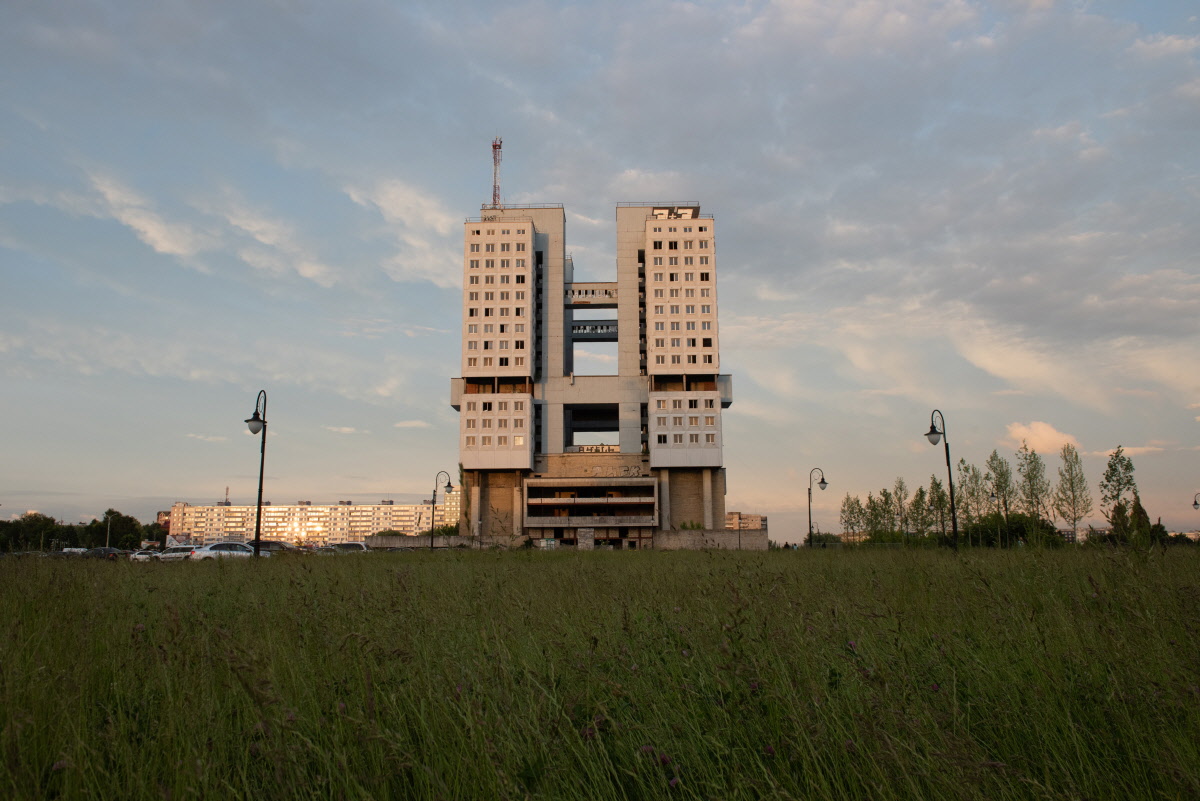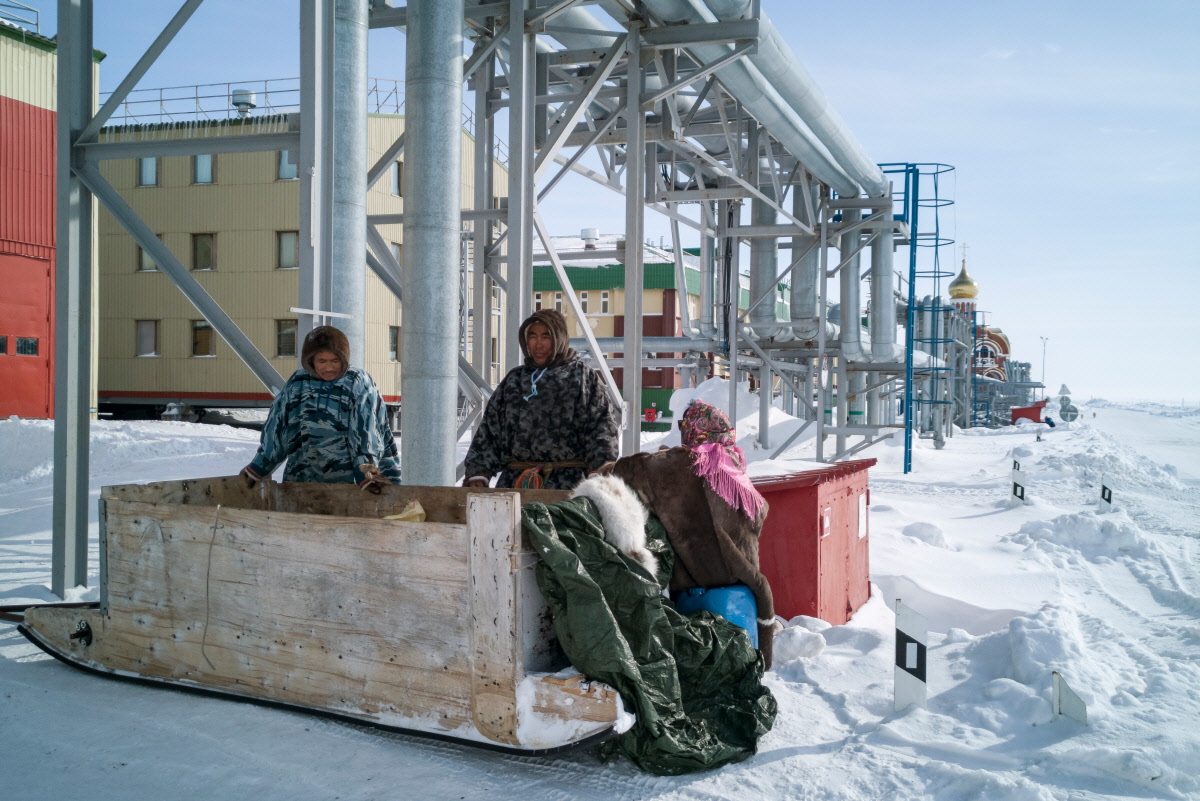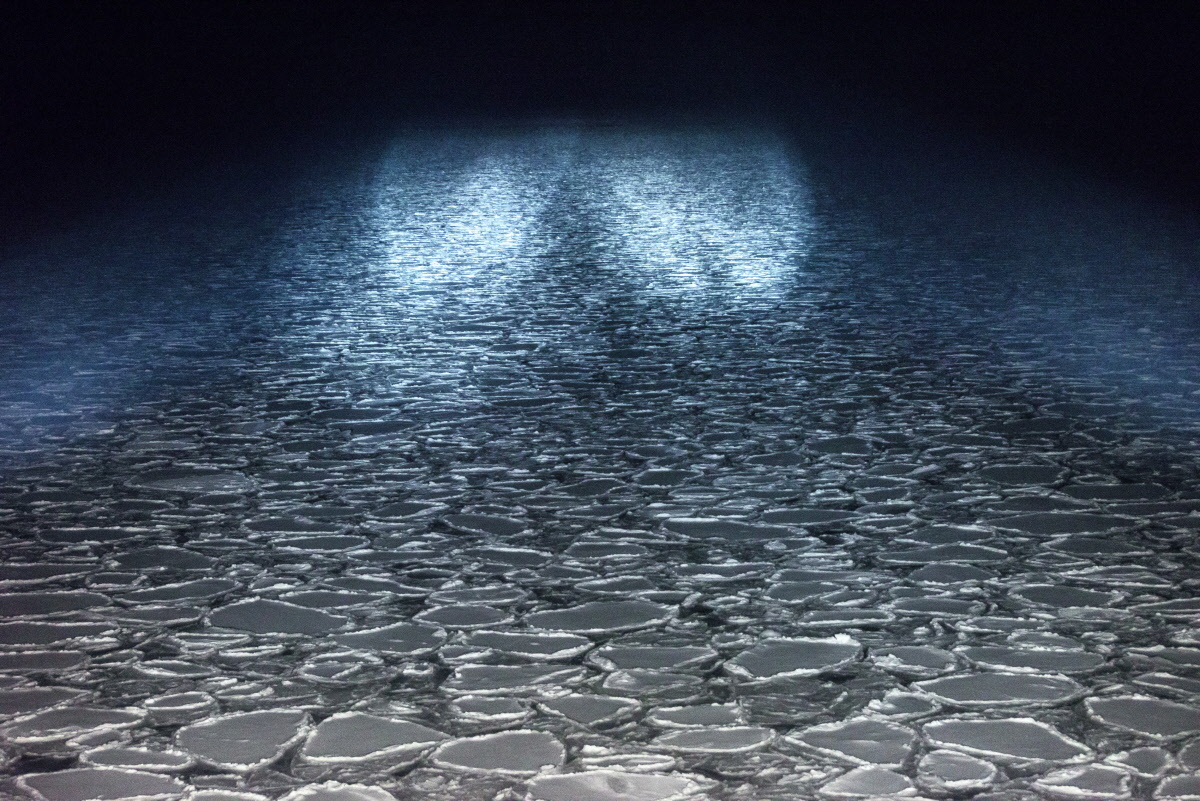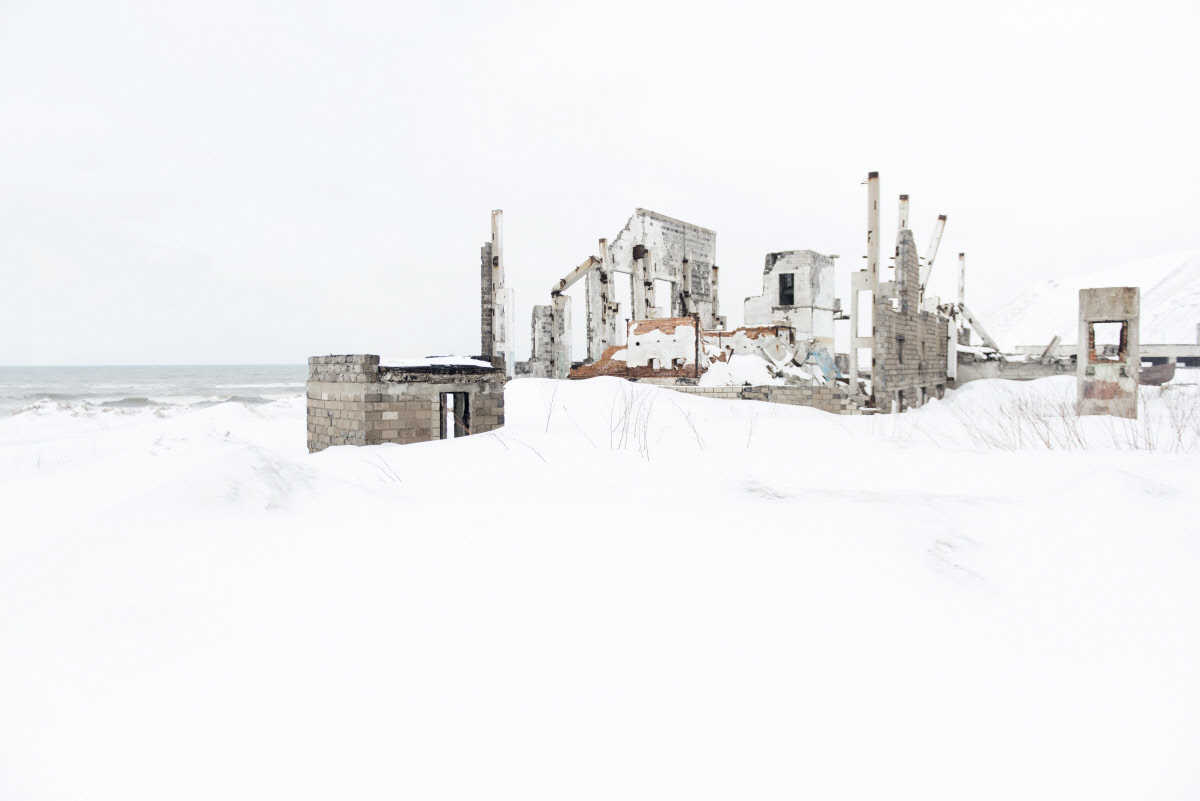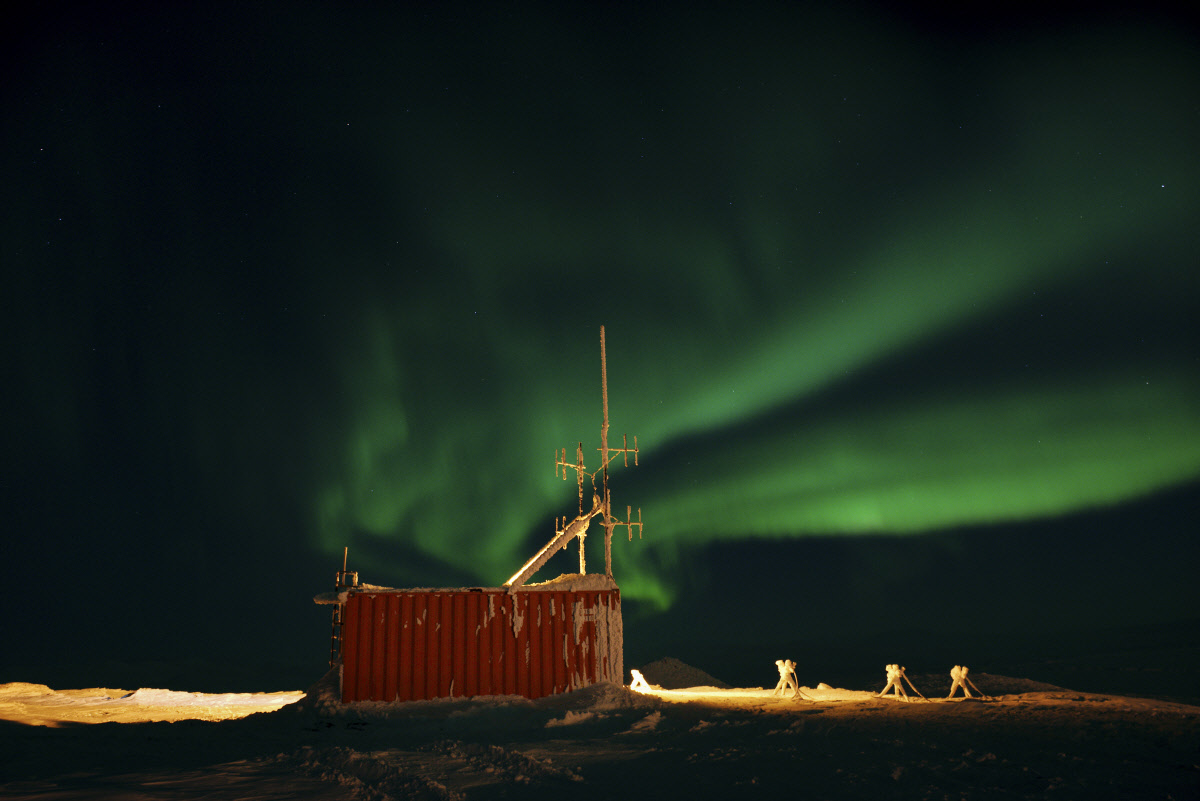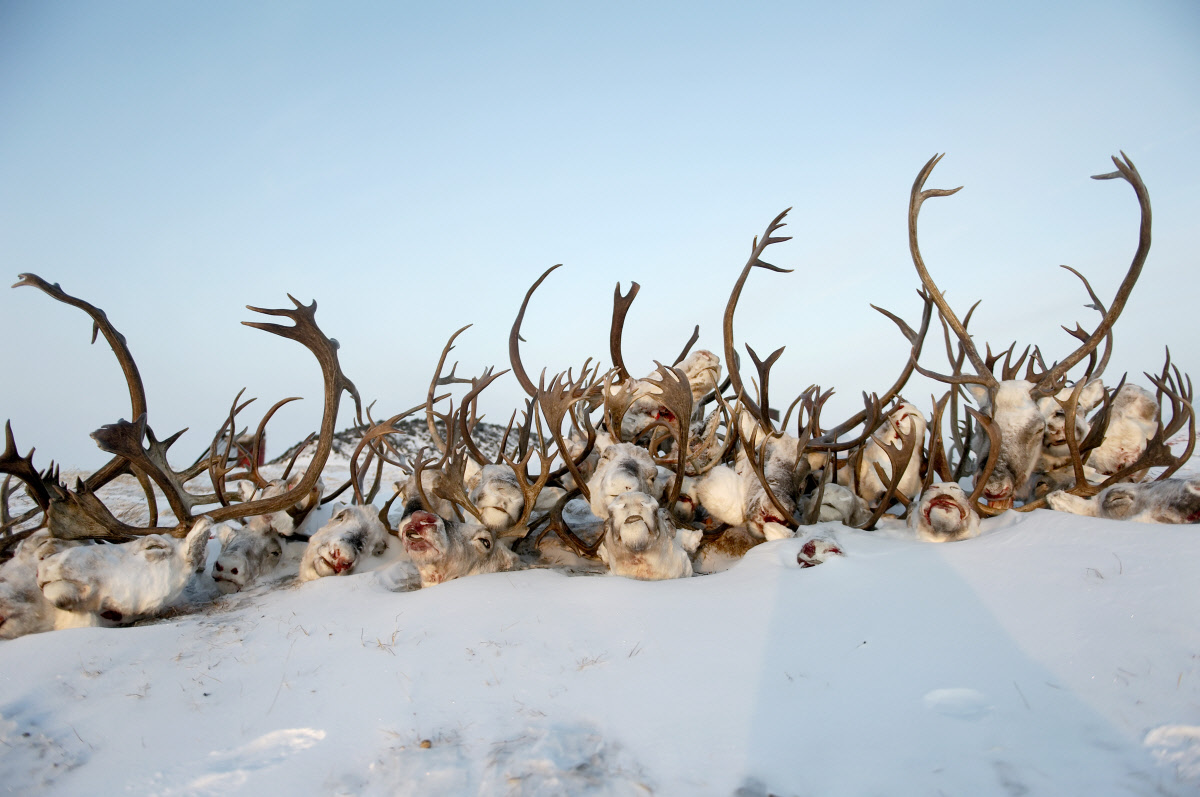Biography
Russian, 1981
Her passion for photography, a skill she taught herself, started during her studies at an architectural academy. After two years working as an architect she quit her job and cycled with Gael de Cevoisier from Toulouse to Vladivostok and back again: 30,000 kilometres, 26 countries, 1,004 days of intense and challenging experiences. This journey made up her mind to become a photographer.
Photography allows Elena to delve into the daily life of communities and to investigate the effects of environmental, political and economic change. Her work tries to visualise the impact of human activity, ways of adapting to changing circumstances and the great diversity of lifestyles.
Sandwiched between Lithuania and Poland the Russian exclave of Kaliningrad has become a geopolitical headache for both western and Russian politicians following Russia’s invasion of Ukraine in February 2022.
Russia’s Yamalo-Nenets Autonomous Okrug, a vast northern region twice the size of Japan but with a population of just over half a million, is the traditional grazing area of the Nenets, semi-nomadic reindeer herders who have been breeding their herds here for hundreds of years.
The Nenets are an indigenous people in Russia’s high Arctic, maintaining a traditional nomadic way of life between the Kola and Taimyr peninsulas.
The Northeast Passage – the sea route connecting the Atlantic and Pacific oceans over the top of Norway and Russia – has for centuries fascinated intrepid seafarers in their search for a shortcut between the two oceans.
No roads, over 200,000 square kilometres of taiga, swamps and permafrost and a mere 16,000 inhabitants living in around 28 villages (or 0.
Like many of the cities that were built and populated against all odds in the days of the Soviet Union’s breakneck development of the 1930s and 40s, Norilsk doubled up as a prison camp, part of the vast network of forced labour colonies that became an indispensable element of Soviet economic planning.
The Kupol (‘Dome’) Gold Mine in Russia’s far northeastern Chukotka Autonomous Okrug is a fully functioning self-contained mini-city of 1,200 workers who live on the remote station in shifts around the year.
Russia’s Taimyr region, stretching far into the arctic ocean, high above the arctic circle, is home to almost two thirds of the world’s wild reindeer population.

